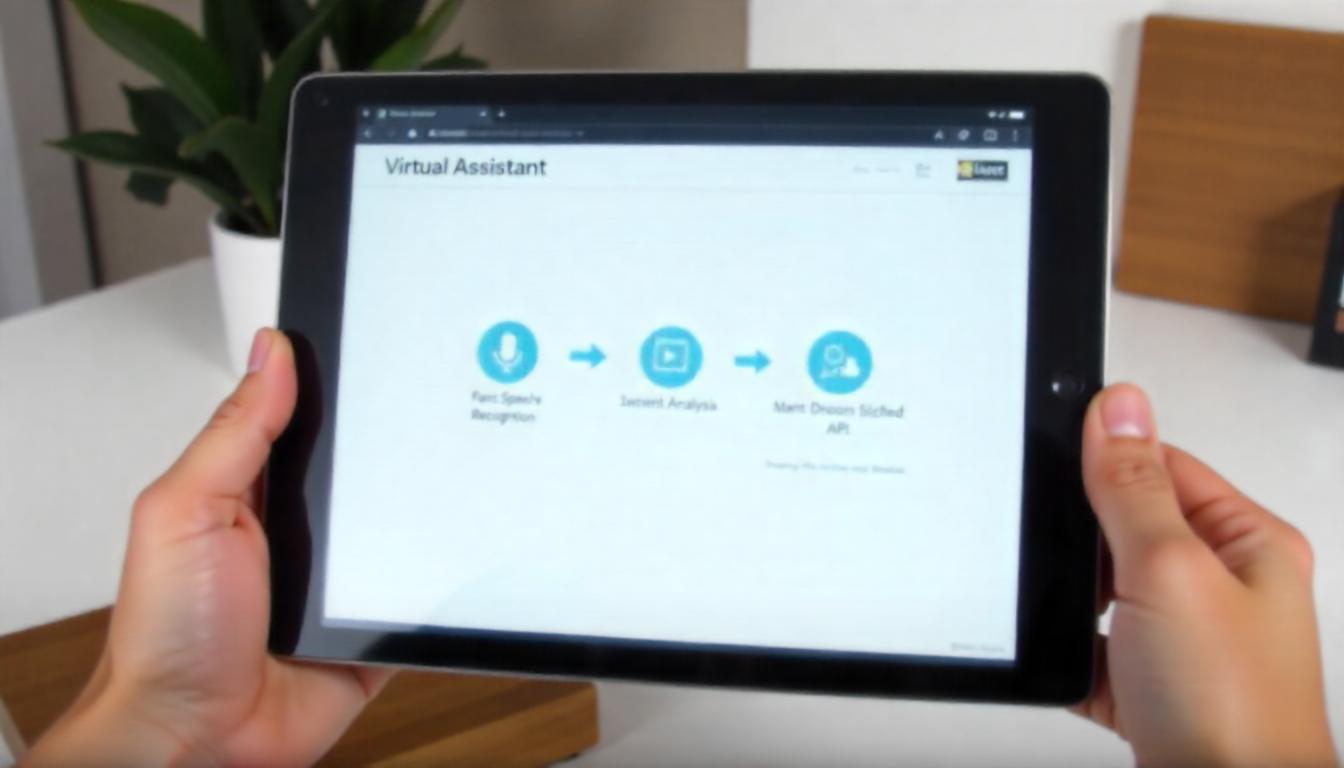Chatbots vs. Virtual Assistants: Exploring How They Work
Chatbots and Virtual Assistants: How These Digital Helpers Work
Talking to machines used to be the stuff of sci-fi movies. Now, it’s part of everyday life. Whether you’re chatting with customer support online or asking your smart speaker about tomorrow’s weather, you’re engaging with chatbots and virtual assistants.
But how do these digital helpers actually understand us—and how do they seem to “talk back”? Let’s dive into how they work and why they’re becoming essential tools in our digital world.
Chatbots vs. Virtual Assistants: Not Quite the Same
People often lump chatbots and virtual assistants together, but they’re not identical:
- Chatbots are designed to handle text-based conversations. You’ll find them on websites, apps, or social media, helping with FAQs, simple tasks, or guiding you through forms.
- Virtual assistants—like Alexa, Siri, or Google Assistant—go a step further. They’re voice-enabled, connect with multiple apps and smart devices, and can perform more complex tasks like sending texts, playing music, or managing your calendar.
The tech behind them is similar, but virtual assistants tend to be smarter and more versatile.
How Do They Understand Us?
At the core of these technologies is Natural Language Processing (NLP). This field of AI helps machines figure out what we mean when we speak or type. NLP allows bots to:
- Interpret intent → Are you ordering a pizza or checking your bank balance?
- Identify important words → Recognizing names, places, dates, and more.
- Maintain context → Remembering earlier parts of the conversation so they don’t lose track.
Thanks to powerful AI models like GPT and BERT, chatbots and virtual assistants can now understand even casual, conversational language.
The Two Types of Chatbots
Chatbots fall into two main categories based on how they’re built:
1. Rule-Based Chatbots
These bots follow scripts and decision trees. They’re great for tasks like:
- Providing business hours
- Answering frequently asked questions
- Guiding users through simple processes
However, they can become confused if someone asks a question outside their programmed responses.
2. AI-Driven Chatbots and Virtual Assistants
These bots use machine learning to handle more complex conversations. They:
- Learn from previous chats
- Understand various ways people phrase questions
- Respond in more natural, human-like language
This is why virtual assistants feel more conversational and adaptable.
What Makes Them Work?
Several key technologies work together behind the scenes:
- Speech Recognition → Converts spoken words into text for analysis.
- Natural Language Understanding (NLU) → Figures out what the user really wants.
- Dialog Management → Keeps conversations flowing smoothly and remembers context.
- Natural Language Generation (NLG) → Produces human-like responses.
- Integrations and APIs → Allow bots to connect with apps, smart devices, and databases to complete tasks.
Everyday Uses of Chatbots and Virtual Assistants
These tools are already integrated into many aspects of life:
💬 Customer Service
Businesses use chatbots to handle simple inquiries, track orders, or resolve issues around the clock.
🛍 Shopping Assistance
Retail bots help you discover products, make purchases, and even get personalized recommendations.
🗣 Voice Commands
Virtual assistants help with everyday tasks like:
- Playing music
- Setting alarms
- Providing news updates
- Controlling lights and appliances
🏥 Healthcare
Medical bots assist with scheduling, reminders for medication, and sharing reliable health information.
Challenges They Still Face
Despite their progress, chatbots and virtual assistants have limitations:
- Difficulty understanding humor, sarcasm, or emotions
- Struggles with complex, multi-part conversations
- Privacy and data security concerns
- Bias that can creep into responses due to training data
Developers are working hard to make these systems more accurate, ethical, and user-friendly.
What’s Next for These Digital Helpers?
The future looks promising for chatbots and virtual assistants. We can expect:
- More natural conversations → Bots will sound even more human-like.
- Multimodal interactions → Combining voice, text, images, and even video for richer conversations.
- Personalized experiences → Bots will remember your preferences and tailor interactions to you.
- Growing business roles → More companies will rely on bots for customer service, sales, and operations.
These tools will keep evolving and become even more integrated into our daily lives.
Final Thoughts
Chatbots and virtual assistants are transforming how we communicate with technology. They’re making life more convenient, helping businesses serve customers better, and opening up new possibilities for how we live and work.
Next time you ask Alexa a question or chat with an online support bot, remember: you’re experiencing a glimpse into the future of AI.
Interested in learning more about AI and the latest tech trends? Follow our blog for insights, news, and practical tips on how technology is shaping the world!
Share this content:













